In the heart of bustling cities, where history meets modernity, a transformative trend is reshaping urban landscapes: adaptive reuse. This innovative approach involves repurposing old factories into stylish, sustainable homes. It breathes new life into forgotten structures. Turning old factories into trendy homes is not just a trend; it’s a lifestyle choice that resonates with many urban dwellers. But what makes this trend so compelling? And why are more homebuyers and developers embracing it?
What Is Adaptive Reuse?
In the context of real estate, this often means converting old factories, warehouses, and industrial buildings into residential spaces. When turning old factories into trendy homes, the approach not only preserves the architectural heritage of a city. It also contributes to sustainability by reducing the need for new construction materials and minimizing waste.
Turning Old Factories into Trendy Homes. Why Old Factories Make Great Homes
Old factories offer unique architectural features that are highly sought after in today’s real estate market. High ceilings, large windows, exposed brick walls, and open floor plans create a sense of spaciousness and character. These features are hard to replicate in new constructions. They provide a canvas for creative interior design. Turning old factories into trendy homes allows homeowners to infuse their personalities into their living spaces.
Moreover, the robust construction of industrial buildings ensures durability and longevity. Many of these structures were built to withstand heavy machinery and industrial processes, making them inherently strong and resilient.
Sustainability at Its Core
In an era where environmental consciousness is paramount, adaptive reuse aligns perfectly with sustainable living practices. Turning old factories into trendy homes through repurposing existing buildings allows developers and homeowners to contribute to reducing urban sprawl. It also helps in conserving natural resources. This approach minimizes the carbon footprint associated with demolition and new construction.
Additionally, adaptive reuse projects often incorporate energy-efficient technologies, such as solar panels, green roofs, and advanced insulation. These features further enhance their sustainability credentials.
Turning Old Factories into Trendy Homes. Economic Benefits
From a financial perspective, adaptive reuse can be more cost-effective than new construction. Renovating an existing building often requires fewer materials and labor, leading to lower overall costs. Furthermore, many cities offer incentives for adaptive reuse projects. They include tax credits and grants, making these ventures even more attractive to developers and investors.
For buyers, purchasing a home in a converted factory can be a smart investment. These properties often appreciate in value due to their unique characteristics and desirable locations. Especially in urban areas undergoing revitalization, turning old factories into trendy homes marks a wise financial decision.
Urban Revitalization and Community Impact
Adaptive reuse plays a significant role in urban revitalization efforts. By transforming derelict industrial sites into vibrant residential communities, cities can breathe new life into neglected neighborhoods. This process not only enhances the aesthetic appeal of an area. It also stimulates local economies by attracting new businesses and residents.
For instance, the transformation of the historic Winchester Repeating Arms Co. factory in New Haven into a mixed-use development has spurred economic growth and community engagement. This demonstrates the positive impact of adaptive reuse on urban revitalization.
Turning Old Factories into Trendy Homes. Real Estate Trends and Consumer Preferences
Today’s homebuyers are increasingly drawn to properties that offer character, history, and a sense of place. Adaptive reuse satisfies these desires by providing homes with unique architectural features and rich backstories. Additionally, the sustainable aspects of these properties resonate with environmentally conscious consumers who appreciate the significance of turning old factories into trendy homes.
Developers are taking note of these preferences, with many choosing to invest in adaptive reuse projects to meet market demand. This trend is evident in cities across the country, where former factories and warehouses are being transformed into sought-after residences.
Rooster Listing: Your Guide to Adaptive Reuse Properties
At Rooster Listing, we recognize the growing appeal of adaptive reuse properties and are committed to showcasing these unique homes. Our listings feature a curated selection of former factories and industrial buildings that have been thoughtfully converted into modern residences. They preserve their historical charm while offering contemporary amenities.
Whether you’re searching for a loft with soaring ceilings, a chic urban apartment with industrial flair, or a sustainable home with a rich history, Rooster Listing provides a platform to explore these exceptional properties.
Looking Ahead
The rise of adaptive reuse signifies a shift in how we approach urban development and homeownership. As cities continue to evolve, turning old factories into trendy homes offers a sustainable, economically viable, and culturally enriching solution. For buyers and developers alike, embracing adaptive reuse not only preserves the past. It also paves the way for a vibrant, sustainable future.

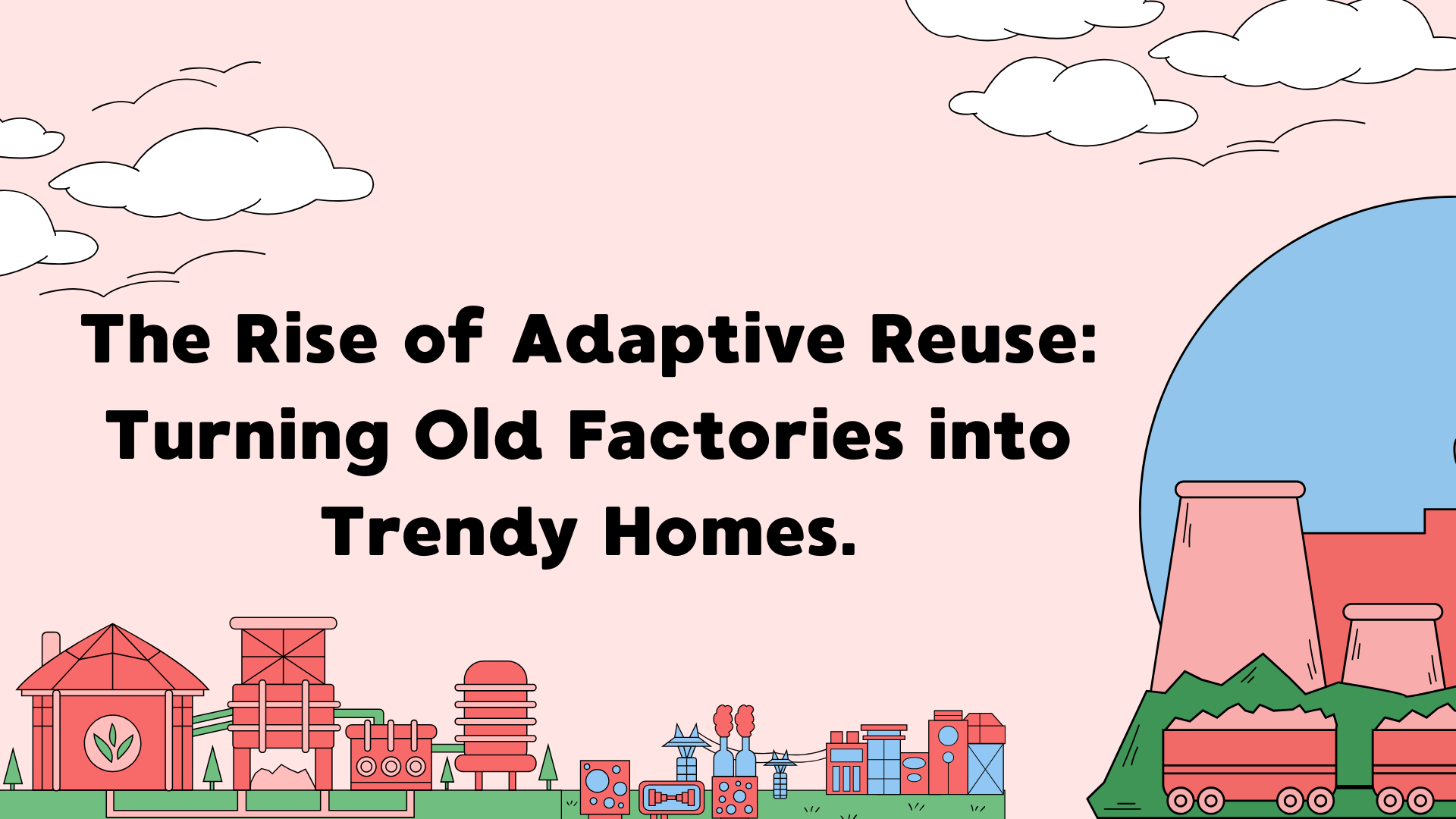
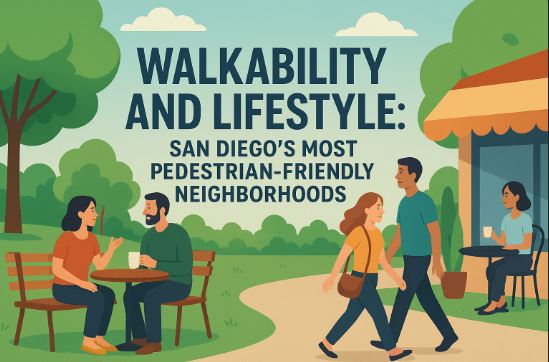

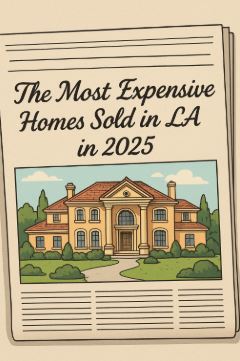
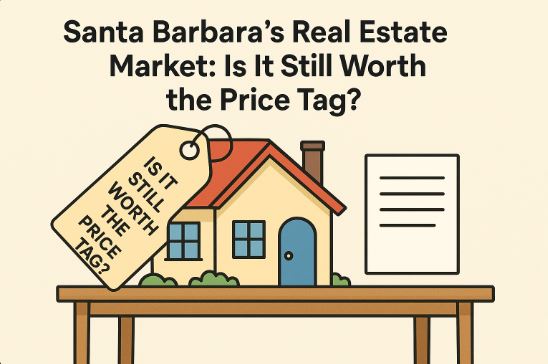
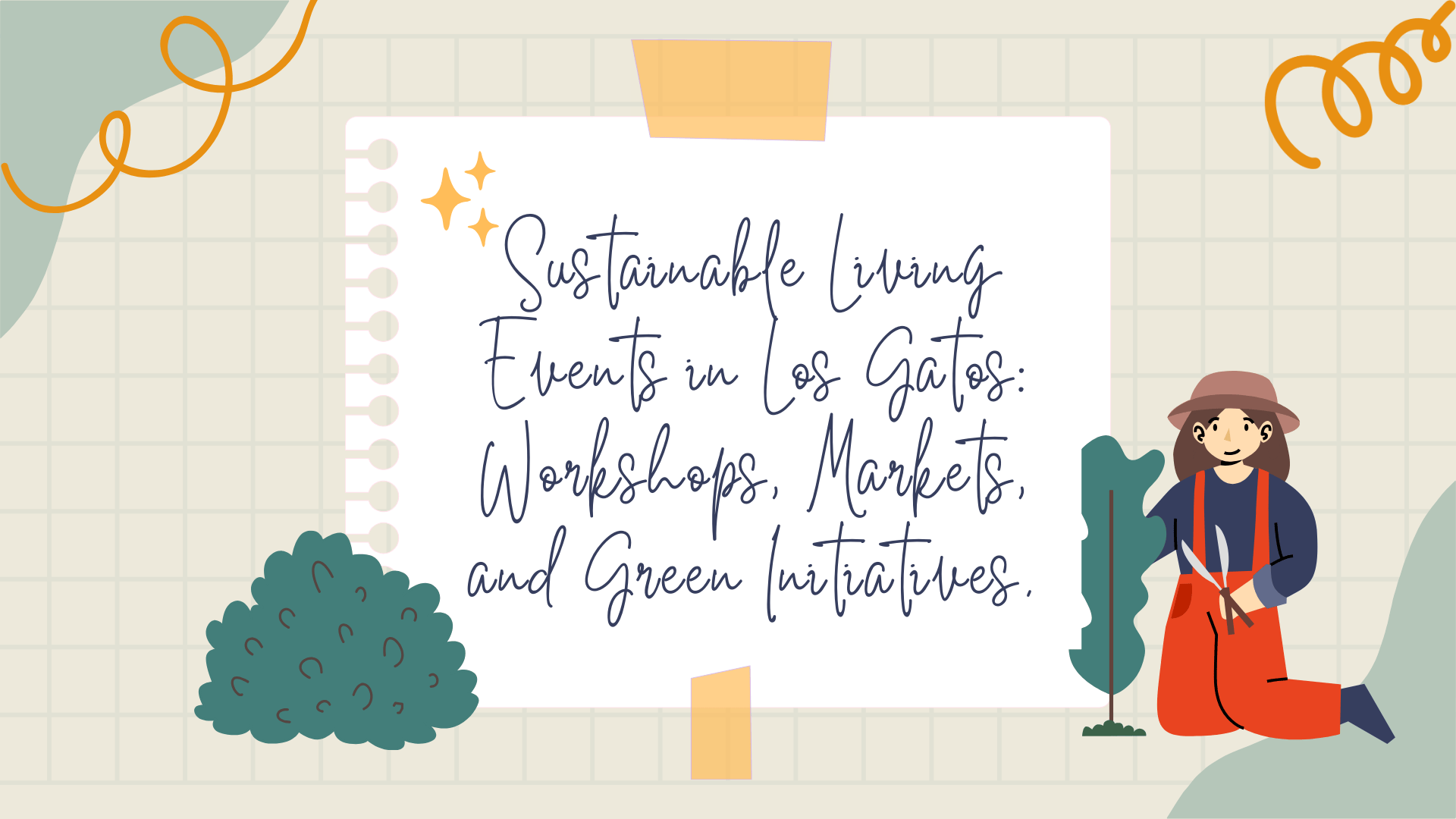

Leave a Reply